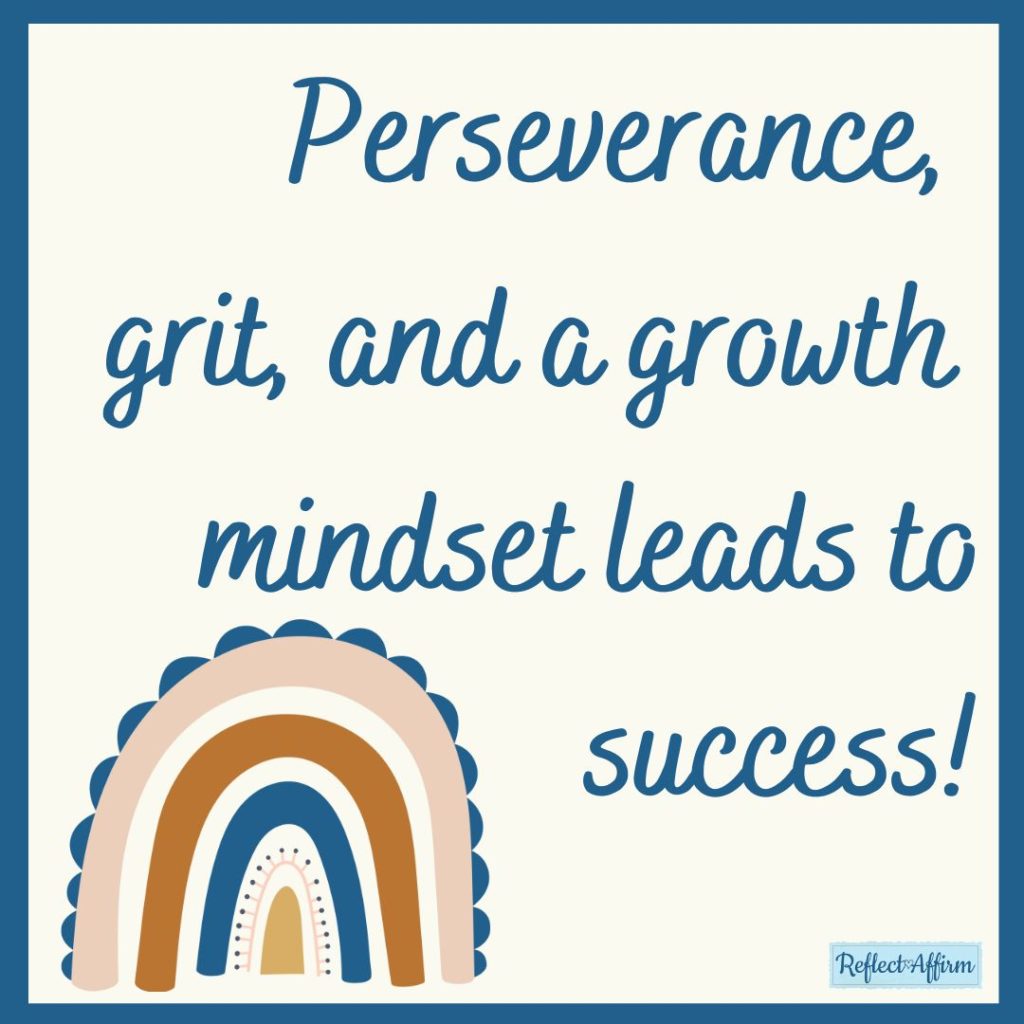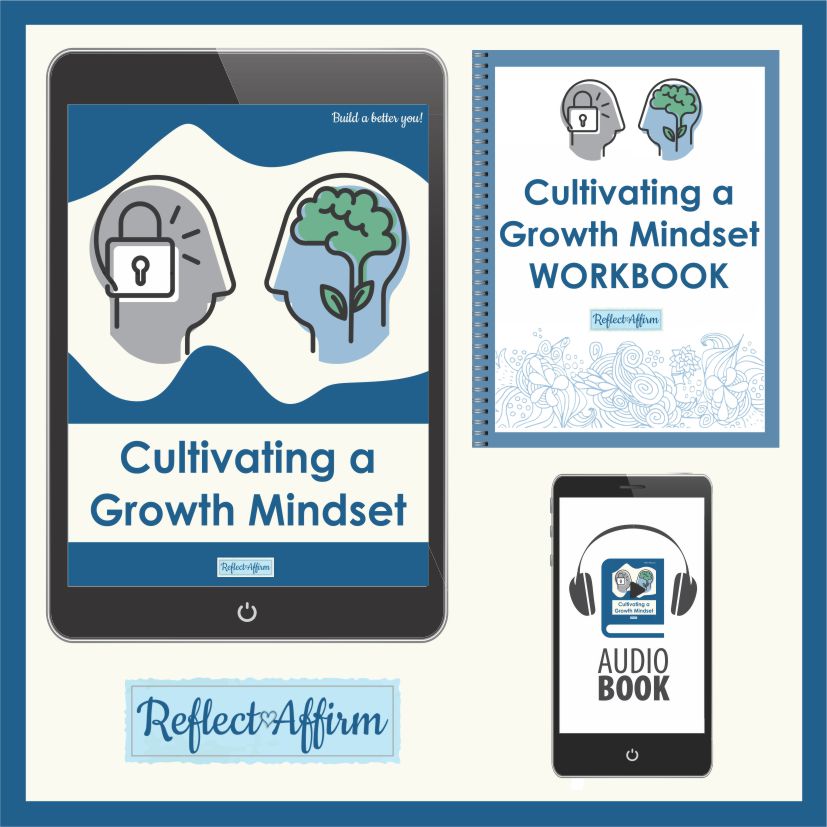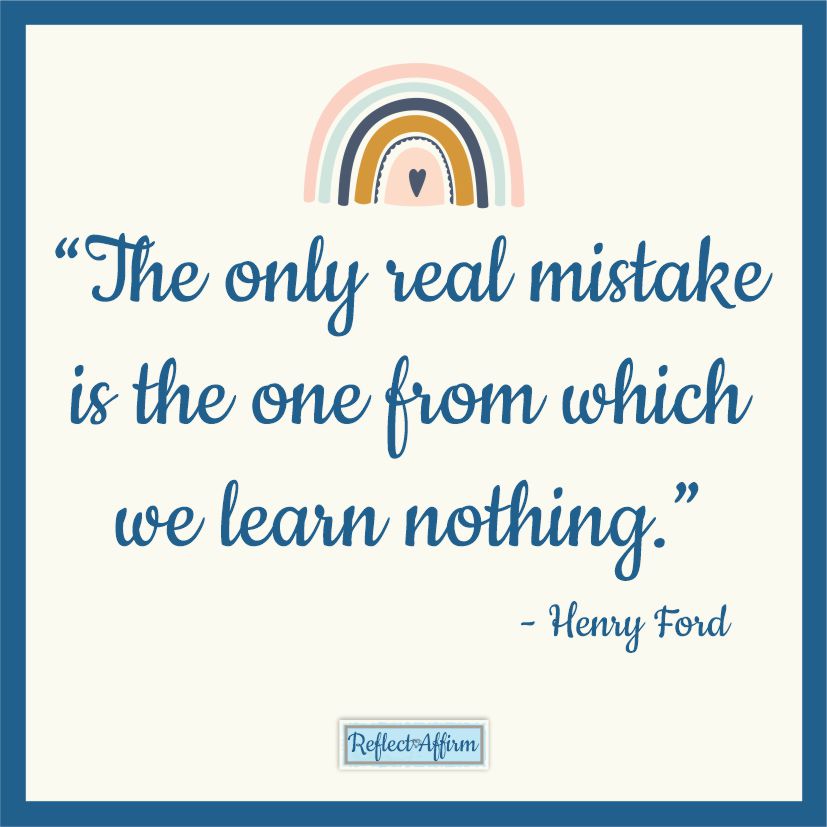
Research has shown that two mindsets are particularly important for success in life: grit and growth mindset. A grit mindset is the combination of passion and a perseverance mindset for very long-term goals. People with grit are passionate about their goals and they never give up, even when things get tough. They have a “can-do” attitude and always find a way to overcome obstacles (Hochanadel, A., & Finamore, D. 2015).
A growth mindset, on the other hand, is the belief that intelligence can be developed. People with a growth mindset understand that everyone has different strengths and weaknesses, but that it’s possible to improve upon any areas of weakness. They’re not afraid of challenges and they don’t give up easily. They continue to learn and grow throughout their lives.
Both of these mindsets are important for success. People who are passionate about their goals and never give up (grit) are more likely to achieve them. And people who believe that they can improve their abilities (growth mindset) are more likely to reach their full potential.
How to Develop Grit and Growth Mindset
So how can you develop these two mindsets? Here are some suggestions:
Be aware of your own mindset. The first step is to become aware of your own beliefs about intelligence and ability. Do you believe that intelligence is fixed or can be developed? Do you think that some people are just naturally smarter than others? If you have a fixed mindset, it’s important to try to change your thinking. Remember that everyone has different strengths and weaknesses, and that it’s possible to improve in any area.
Challenge yourself. It’s important to challenge yourself and push yourself outside of your comfort zone. If you’re not used to doing this, it can be uncomfortable at first. But it’s essential for growth. When you’re faced with a difficult task, don’t give up easily. Try to figure out a way to overcome the obstacle.
Find a role model. It can be helpful to find someone who has the kind of mindset you want to develop. If you want to be more like someone who is gritty and determined, look for someone who has achieved great things despite setbacks. If you want to develop a growth mindset, find someone who is always learning and growing.

VIP MEMBERSHIP TO REFLECT AFFIRM
Growth Happens Outside Your Comfort Zone
If you want to experience personal growth, any growth, but particularly massive growth, you’re going to have to get out of your comfort zone. You can’t grow while you stay within your comfort zone; there’s a reason for the name, after all.
When you’re in your comfort zone, you’re comfortable, you may not be happy but you’re not going to be totally miserable, and you’re static. There is nothing to challenge you or push you. Things are rolling along as normal, and you’re caught in the normal day-to-day flow of life. This is a fine state of affairs if you’re happy with life, but what if you’re not? What if you want to grow and change and find a better way to live?
In the latter case, staying in your comfort zone means stagnation. It means life passing you by until one day you wake up to find yourself too old to live the life of your dreams and you wonder what happened. If you don’t want this to be you, you need to step outside your comfort zone.
Where Does Growth Happen?
Discomfort isn’t pleasant, but it’s where growth happens. Your brain and body have to respond to challenges (discomfort) and this catalyzes new growth and development. You can cause personal development and deliberately change your mindset by challenging yourself. The bigger the challenge, the bigger the response, and the more personal growth that happens.
That doesn’t mean you should schedule skydiving lessons for next weekend, however! Going too big too fast can also backfire on you. This is particularly the case if you’ve stayed in your comfort zone for a long time. Start small. Take a new route to or from work every day for a week. Try a new restaurant. Shop in an unfamiliar store.

Growth Mindset Program
Create and Set Goals
Make a list of experiences you would like to have and things you would like to do. Start marking them off. Plan these things, commit time and money to them, and even tell other people you’re going to do them so you’re less likely to back out. Start planning for the biggest thing on your list.
Let’s say you’ve always dreamed of rafting through the Grand Canyon. Okay, plan the trip. Book it for a couple of years from now. You’ve got it in your calendar and have paid your deposit -in 24 months, you’ll be floating down the Colorado River. That’s a big, scary challenge.
What do you do now? Book rafting lessons. Go on local day trips. Then short camping trips. When the time comes, you’ll be ready. You can do this no matter what the goal is.
Step outside your comfort zone, challenge yourself, and change your life! You will build resilience and develop grit as you meet these challenges.
Be Patient – Developing Grit and Growth Mindset Take Time
We, humans, are an impatient lot. When we want to do, achieve, or get something, we want it today, if not yesterday. This leads directly to impatience and frustration. It leads many people to give up when they’re on the verge of success.
Success takes time. Achievement takes time. Learning a new skill takes time, even if it’s something simple. Have you ever watched a young child learn to do something you take for granted, such as learn to walk? Success is halting, uneven, often looks like going backward, and sometimes involves falling on your backside (or your face).
The same is true of doing more difficult things as an adult. It takes about 10,000 hours of practice to master a skill. That’s almost 5 years of full-time work! This is why it’s said that we overestimate what we can do in one year and underestimate what we can do in ten years.
One Percent Rule
This is where the One Percent Rule comes in. It allows you to make visible, satisfying progress rapidly without expecting overnight success. It’s a simple rule: when you attempt to do something, aim to do it one percent better than before. Or finish one percent more.
If you practice this rule and do so faithfully, before long you’ll have mastered the skill or finished the task. Perfecting something is hard; doing it 1% better or finishing one percent more of a task is relatively easy. It’s a goal you can see and reach almost immediately.
You can apply this rule to anything. Are you trying to learn to live by a budget? Aim to do 1% better each month. Are you trying to increase how much you save? Increase it by 1% per month until you reach your ultimate goal. You’ll see the progress every month but not feel a lot of pain from it.
Do you want to improve your growth mindset and self-talk? Set a goal of achieving 1% improvement every week or month. Trying to start and keep an exercise routine? Once you get the habit down, aim to increase it by 1% a week. Using a software program to learn a new language? Make your goal completion of 1% of the program every time you log on.
The uses of this rule are infinite. It’s one of the best ways to improve your mindset and achieve the personal development you want. It will fulfill your brain’s desire for immediate gratification and simultaneously fuel your long-term success.

Audio Affirmations for Achieving Your Goals
How Failure Helps You To Build Grit and a Growth Mindset
Failure. No one likes it. Everyone wants to succeed, preferably on the first try. Unfortunately, that’s not realistic. You’re going to fail on your journey to improve your mindset and change your life. You’re probably going to fail many times. How should you handle it constructively without getting frustrated?

Five Suggestions to Help You Build a Growth Mindset After Failure
1.) Figure out why you failed. Look at your failure analytically. What caused it? What did you do wrong? Is there something you could do differently next time? Or was the failure outside of your control?
2.) Change things before you try again. Did you approach the problem wrong? Change how you do it next time. Were the conditions wrong, the timing? Were you adequately prepared? These are all things you can remedy before your next attempt.
3.) Ask for help. Don’t be a lone wolf! Life is hard, and challenges often require the input of more than one person. Find someone with more knowledge and experience than you and ask them to mentor you or help you solve the problem. You can find someone to help you with any problem, big or small, from an academic issue to work problems to dating. You just have to ask!
4.) Look at and appreciate the progress you’ve made. Sure, you might have failed, but did you learn something? Are you further along than you were before? Of course. Look at how far you’ve come since you started on this journey. Appreciate it and congratulate yourself before tackling your failure again.
5.) Consider adjusting your expectations. In other words, did you try to go too far too fast? You’re not going to create a masterpiece (or become CEO) overnight. Did you try to improve too much at once? Look at your expectations and adjust them before trying again. Remember the one-percent rule -improving by one percent each attempt will get you to your goal faster than trying (and failing) to make big leaps.
Above all, don’t give up! You can reach any goal you set your mind to. You just need to find the right way. It took Thomas Edison over 10,000 tries to invent the light bulb. He used to say that he hadn’t failed; he’d just found 10,000 ways that wouldn’t work!
Conclusion on Grit and Growth Mindset
Grit and a growth mindset are essential for success. You need to be able to overcome obstacles and setbacks to achieve your goals. And you need to have the belief that you can improve and get better with time, practice, and effort.
Fortunately, these qualities can be learned. If you don’t have them yet, don’t despair. Start working on building a growth mindset today and soon you’ll be well on your way to success!
References
Hochanadel, A., & Finamore, D. (2015). Fixed and growth mindset in education and how grit helps students persist in the face of adversity. Journal of International Education Research (JIER), 11(1), 47-50.
Read more examples of a Grit and Growth Mindset.
RELATED INFORMATION
Growth Mindset Activities for College Students that Actually Work




